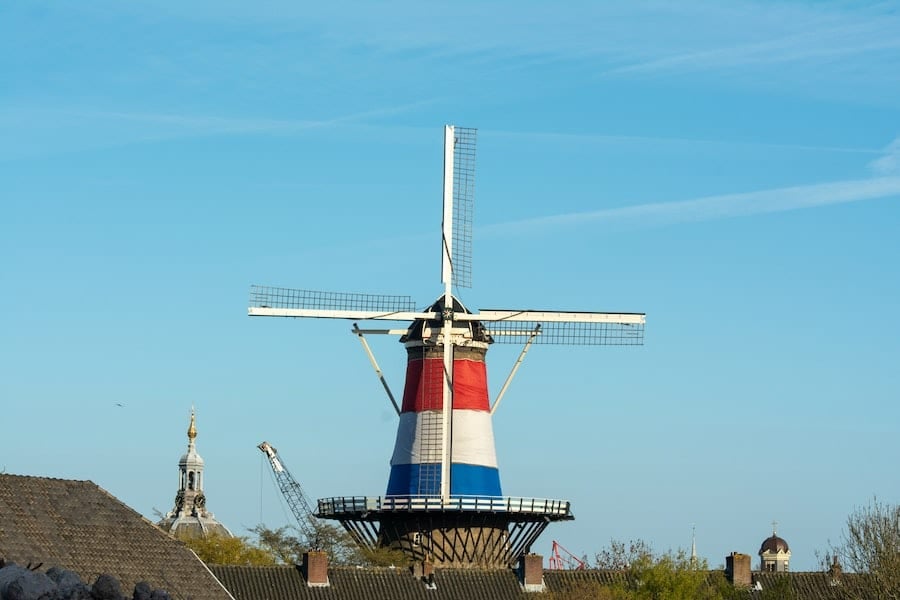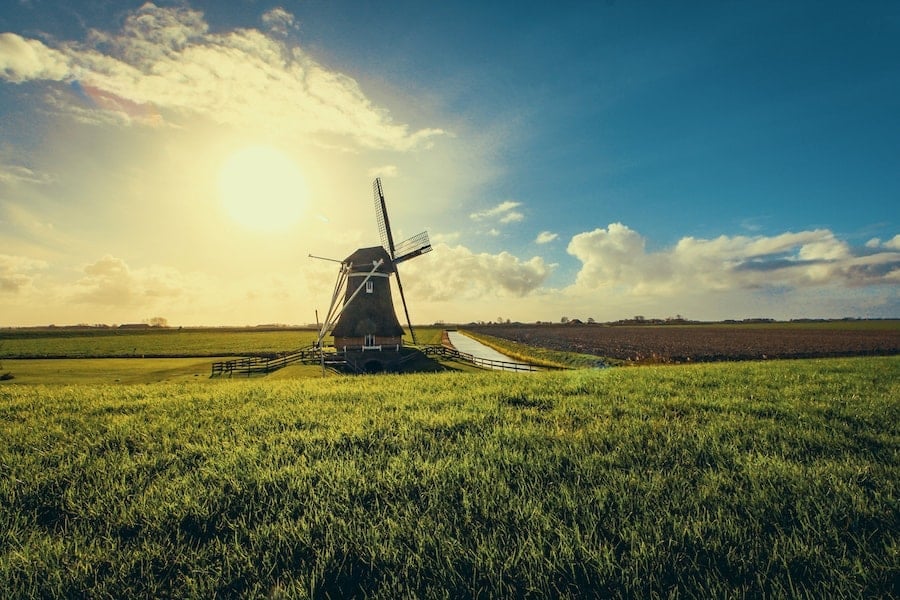Once you settled on the Dutch market, it’s essential to know about the language. The most important thing to know is that JA, you can set up your webshop in English for the Dutch market and get away with it. BOEIEN! As long as you offer iDEAL, good experience for mobile and have reviews of Dutch customers. However, if you want to go the extra mile and outrank your competitors with a .NL domain and Dutch language, you should know these facts.

Dutch is spoken in NL, BE, SR, CW
In the Netherlands, we speak Dutch which we call Nederlands. In Germany they speak German which they themselves call Deutch and in Belgium they speak respectively Flamish (the same language as Dutch), French and German. Dutch is an official language in the Netherlands (.NL), Belgium (.BE), Surinam (.SR) and the islands Curacao (.CW), Sint Maarten and Aruba. This means that backlinks from these extensions can help your webshop rank higher for Dutch searches.
As a country, The Netherlands has 12 provinces, which include North-Holland (Amsterdam, Haarlem) and South-Holland (Rotterdam). Someone who claims he’s from Holland, either doesn’t know his topography or means one of the provinces.
In South Africa, the official language is Afrikaans, which evolved from the Dutch language of the settlers who came to Southern Africa. Some 90 to 95% of Afrikaans is of Dutch origin. Other countries where you can speak Dutch because of settlers and immigrants are Canada, the United States and Indonesia.
Frisian is an official language and spoken only in the Frisian province. It has the gTLD extension .FR.

Dutch matters, but not always
Your content should be in Dutch if you really want to reach a Dutch-speaking audience. Your English content can still reach a Dutch-audience if they specifically changed their preferred language in the search settings to English. In the past, it was possible to specify your target audience in Google Search Console, but today Google decides by itself which audience is best fitting.
If you have a multilanguage website with translated Dutch content, you need to use the language tag to inform the search engines. Either hreflang=”nl-nl” or hreflang=”nl-be”, but never BE-NL because BE stands for Belarus.
Google uses algorithms differently per country. Mostly the same for every language, but, as Searchenginejournal.com explains, there are some algorithms that are used on specific languages. Generally, it is thought that Google lumps Dutch together with German as a Germanic language, meaning that German backlinks could help your Dutch rankings and vice versa.
In the Dutch language, words are put together. “Content marketing” becomes “contentmarketing”, for example. However, due to both the prevalence of English in the Dutch language and the ranking on English words, you will find the English version just as often as the Dutch version.




